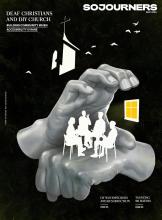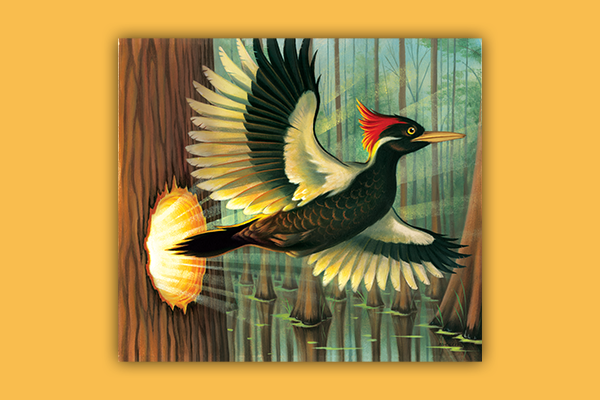The ivory-billed woodpecker has been called “Lord God Bird,” for its massive size; “Grail Bird,” for the fervor with which people seek it; and “Ghost Bird,” for the way it hovers on the murky edge between existence and extinction. But Cornell ornithologist Tim Gallagher, author of The Grail Bird, calls it “Lazarus Bird,” after the story of Jesus resurrecting his friend Lazarus four days after he died.
Growing up in the church, I was never sure what to do with resurrection. My father’s faith didn’t emphasize the idea that Christ died for my salvation, or that Christ’s believers would be raised from the dead, but these beliefs were everywhere—in the hymns we sang in the various United Methodist churches where he served as pastor, in the creed we recited every Sunday: I believe in ... the resurrection of the body, and the life everlasting.
From my seat in the pews, the promise of everlasting life rang hollow. I did not expect decomposed bodies of believers would one day be reconstituted, nor did I see this as desirable for myself or the people I loved. But metaphorical interpretations of resurrection also fell short: A body raised symbolically from the dead is still very much dead. In graduate school, I read about Thomas Jefferson’s excision of miracles, including the resurrection, from his Bible with a sense of relief. The stories I couldn’t believe literally or understand figuratively, could be simply cut away. But as I’ve grown older, these stories resist neat excision. To dismiss resurrection entirely feels increasingly fraught: Why did faith matter if it did not transform real bodies, real lives, here on earth?
Read the Full Article

